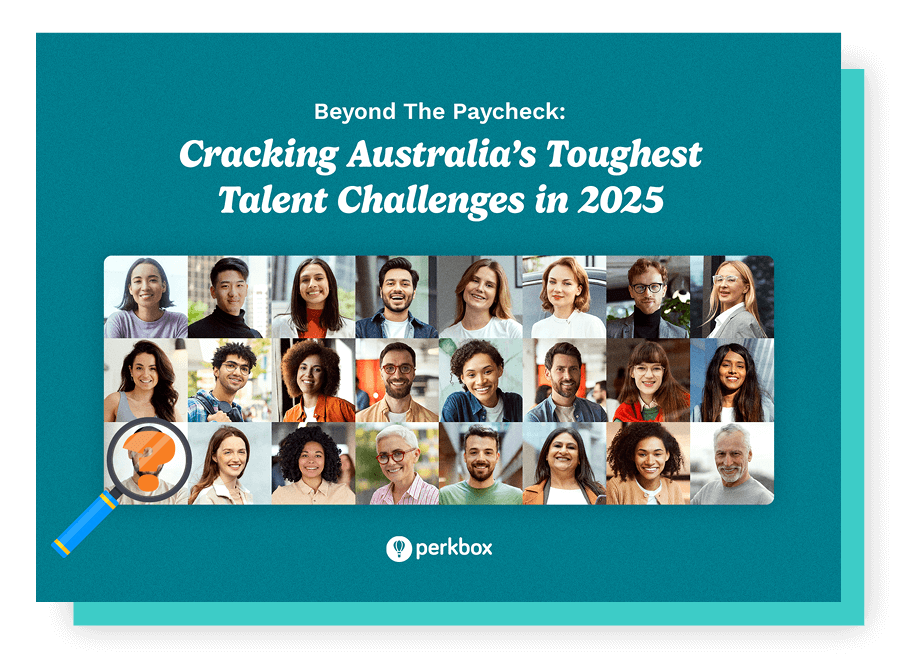Rethinking employee recognition: The secret to retaining and engaging Aussie workers
Traditional recognition is falling short
In a world where employee expectations have dramatically shifted, traditional recognition strategies are failing to keep pace. A pat on the back, an end-of-year bonus, or the occasional shout-out in a company-wide email simply isn’t cutting it.
The Beyond the Paycheck report shows that recognition is now the second most important factor influencing whether employees stay or go. Yet only 37% of employees said they are looking for more reward and recognition efforts from their next employeer. That’s a massive gap.
And it's not just about morale. Recognition directly impacts engagement, productivity, and retention. Gallup research shows that employees who receive meaningful recognition are 4x more likely to be engaged and 5x more likely to stay with their employer. In today’s ultra-competitive job market, those odds matter.







Share